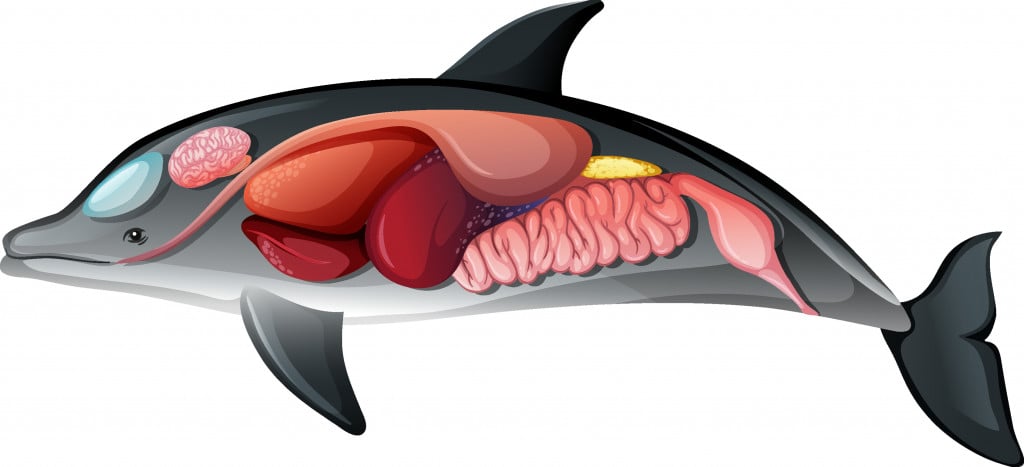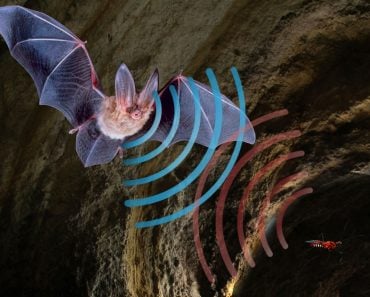Table of Contents (click to expand)
Dolphins seem to be attracted to high-pitched music played with instruments like the flute, piccolo and Indian wooden recorder.
Dolphins are extremely smart animals. They have strong social bonds, have been known to use tools, and even mourn their dead. They can memorize lists of objects, learn routines, and play with pufferfish for fun.
One of the strongest signs of their intelligence is that they communicate using sound.
Dolphins form “sentences” when they speak to each other, just like humans! They use sounds—clicks and whistles—to communicate with one another. Given that, could dolphins like music?
As it turns out, plenty of people have asked this question, and scientists have conducted various experiments to see if dolphins do, in fact, like music.

Recommended Video for you:
Sound Underwater And How Dolphins Hear
Sound underwater is very different from how we hear it in the air. For starters, sound travels a lot faster in water, and it travels through water much better than light does. Think about it, why else would ships use sound (SONAR) to sense their underwater environment?
For dolphins to communicate underwater, their hearing organs are quite different from those that land mammals have.
Dolphins have two simple holes right next to their eyes—no pointy outward projections. Many people think these openings are their ears, which is true… to some extent. Dolphins do use these holes to listen to sounds above the surface of the water, but what about when they’re below the water’s surface?
They use their jaw and forehead!
The air passage inside the “ear” doesn’t transmit sound effectively underwater, so dolphins have a special type of fat in their forehead that creates an organ called a melon. This fat is also present in their auditory canal and connects to the lower jaw of the animal. When sound meets the lower jaw, it transmits vibrations to the melon. The melon transmits signals to the brain, which allows the dolphin to hear.

Dolphins developed these organs to help pick up sounds, but these organs are far more advanced than what can be found in other marine animals.
Songs Of The Dolphin
Whales, a close cousin of dolphins, are known for their melodious songs underwater. Dolphins also make sounds like whales. They produce two types of sounds: echolocation and social sounds.
Dolphins use echolocation to “see” around them. They emit sounds from near their melon using their nasal passage. The melon also helps push the sound out into the water. The sounds generated from here are of very high frequencies. When they hit objects, they get reflected and come right back to the dolphins. The dolphins then create a 3D image in their heads using these sounds, which helps them understand their surroundings and find food.
The dolphins also make social sounds, meaning that dolphins talk to each other. They use two types of sound: whistles and clicks. These sounds, in various combinations and frequencies, help in communication and can often sound like an original type of music.
We also use sound to communicate. We use our tongue, teeth, lips and voice box to make words. This is technically communicating by sound, but we don’t always think about it in those terms. Music is another way that we use sound. When we play music, we use different notes and beats. Music is very similar to how dolphins speak, as it involves changes in frequency (notes) and tempo (beats).
So… how would dolphins react to our music?
Flutes And Whistles
Let’s go back to the 1980s in the Bahamas. The water was crystal clear as Richard Feldman took his boat out into the ocean. On his boat stood a live band with flutes, guitars, harmonicas and more. They began their performance, but it wasn’t for anyone on board. It was for a mother dolphin and her baby that had been spotted in the sea.
This was part of the Dolphin Project. The scientists on this same expedition lowered a hydrophone (an underwater microphone) into the ocean and then started playing the live music through underwater speakers.
As the music played, the mother and baby pair were joined by five more dolphins who kept circling the boat and remained nearby, even when divers entered the water. They played various cassettes of Waltzes by Strauss and the concerts of Ravi Shankar, and the dolphins seemed to greatly enjoy it!

In 2021, in another project, the Flippers and Flutes project, scientists did something very similar, but used instruments with a normally high-pitched range, like the flute, piccolo and Indian wooden recorder. High-pitched sounds are similar to how dolphins communicate and the researchers were interested to see how dolphins would respond.
There are recordings of the dolphins using high vocal activity with many whistles that you can listen to here. You can also see the dolphins getting close to the boat and interacting with the boat in this fascinating video.
These two studies showed that dolphins do seem to like music. Moreover, they respond more notably to high-pitched sounds, as this is closer to the pitch of their own communication.
Conclusion
Identifying how dolphins react to music and various other noises can help us understand how these extremely intelligent creatures live. They are very hard to research in the wild, so learning how to draw them in and observe their behavior is very important.
There is still a lot of research to be done on these elusive creatures, particularly on this musical subject. Do they like certain types of music more than others? Do they actually like the music or are they just curious about these fun new sounds researchers are generating? Only time, but as ever, research and curiosity push us closer to the answers!
References (click to expand)
- https://escholarship.org/content/qt7172b1v0/qt7172b1v0.pdf?t=mwj0xq&v=lg
- O’Feldman, R. (1981, June). The Dolphin Project. The Journal of the Acoustical Society of America. Acoustical Society of America (ASA).
- Parra, G. J. (2007, January 1). Observations of an Indo-Pacific humpback dolphin carrying a sponge: object play or tool use?. mammalia. Walter de Gruyter GmbH.
- Jog, K., Sule, M., Damle, H., Bopardikar, I., & Sutaria, D. (2020, October 25). Postmortem Attentive Behaviour in Indian Ocean Humpback Dolphins (Sousa plumbea). Current Science. Current Science Association.
- Au, W. W. L., & Hastings, M. C. (2008). Principles of Marine Bioacoustics. []. Springer US.
- How does a dolphin echolocate?. The Woods Hole Oceanographic Institution
- Flippers and flutes: how music helps us talk to dolphins - ANU. The Australian National University
- Au, W. W. L. (1993). The Sonar of Dolphins. []. Springer New York.
- Morrison, R., & Reiss, D. (2018, January 10). Precocious development of self-awareness in dolphins. (S. Li, Ed.), Plos One. Public Library of Science (PLoS).












